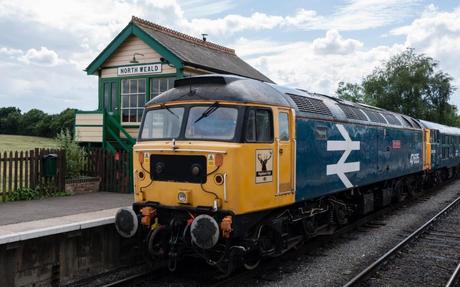
The distinctive blue and white livery of a late period nationalized British Rail train can do funny things to a person. Memories of torn seats, curled sandwiches and incessant delays are, of course, one response. But for me, whose visions of that distant era of all-state trains in this country are taken from archive television, I prefer to think of John Cleese accidentally leaving his written speech on one and causing chaos in the underrated world. Movie from 1986 Clockwise. Or from Youth rushing to catch an InterCity 125 to appear on University Challenge on behalf of Scumbag College.
I think the first episode of it is the best of all What happened to the likely boys? in which James Bolam and the late Rodney Bewes, as estranged friends Bob and Terry, meet after a five-year absence in a six-seat BR coupe, plunged into darkness by the ubiquitous power cuts of the early 1970s.
"Would you believe it? The jet age! Gas at high speed! InterCity makes it all great," says Bob with what to my ears is reassuring sarcasm.
Maybe Bob was right. Perhaps there never really was a golden age for public transport in Britain. That was certainly what I had concluded until I started hearing the memories of Roger Wright and the journey aboard what was once his daily commute.
"The presence of a train felt incongruous between the farmland, the rural location and the almost complete absence of houses," says Roger, director and owner of the Epping Ongar Railway.
"The number of wildlife outside the train exceeded the number of passengers by about a hundred to one. Pheasants were common on the track and I heard stories of drivers shooting them down and then picking them up for dinner on the way back."
Roger doesn't cast his mind back to the 1950s. This commute was part of his life until 1994. What's even more amazing is that Roger's journey was made on a Central Line Tube train; one that traveled through London's West End and went on, and on, and then some, until it reached the branch line section of North Weald and Ongar; the metro station equivalents of Svalbard or Samoa.
The story continues
"Many people stopped using the line long before it actually closed, as the service kept getting cut until it was impossible for people to tolerate," Wright reflects.
"Many people ended up driving to Epping from the area, rather than waiting for the tube. People were angry about the continued cuts and lack of investment in the line. Local councilors and politicians took action, but unfortunately there was no momentum to save it at higher levels. Costs had to be kept under control and the line had become expensive per passenger compared to central London."
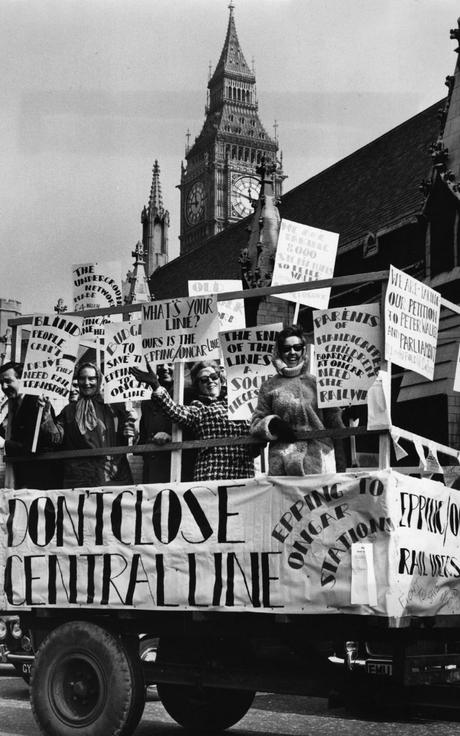
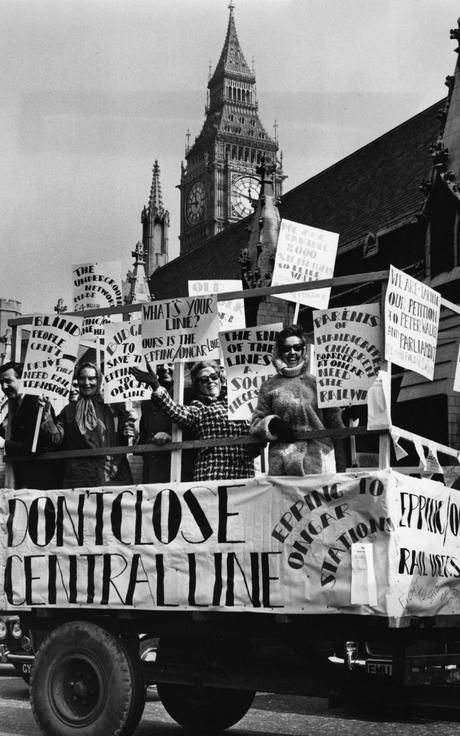
Even today, if you were to travel to the far north-east end of the Central Line, the hanging baskets on the Epping platform and the tranquility of the rural setting feel incongruous. It is very difficult to imagine that the Metro ever went further than this.
As if the existence of North Weald and Ongar wasn't strange enough, until October 1981 there was a stop between these two outposts called Blake Hall, which held the record for the lowest number of daily users of any tube station on the network. ; a total of six. Such was the isolation that the late Poet Laureate Sir John Betjeman once inquired about the possibility of living in the station master's house.
But perhaps even the doyen of "Metroland" found Blake Hall a little too remote. What is more certain is that, 30 years after the last Tube train left Ongar and North Weald stations, it is now possible to travel on this secretive stretch of line again, albeit on a vintage British Rail train rather than in a Tube carriage .
A metro journey like no otherMy recent journey began at Epping tube station, where an early 1960s double-decker bus painted bright green took me and about thirty families and couples (and a distinct lack of anoraks with thermoses) to the revitalized Ongar station. .
The station building, all solid brick and polished tiles, looks like somewhere that Dr Beeching simply found too difficult to get to to close, rather than somewhere that was on the London Underground network until the mid-1990s.
There is a small exhibition with photos of the last metro train leaving on the night of September 30, 1994, with a lot of press and public on the platform. Ongar's last night was perhaps the busiest since the station joined the underground network in 1949.
The journey to North Weald, past Blake Hall (Betjeman's desired station building is now a private home and not part of the revived heritage line) is not suburban; it's the unapologetic Essex countryside. As the blue and white train departs, we pass flat, plowed farmers' fields. We pass forgotten sidewalks, low bridges and sidings decorated with grass that rustles like banknotes. What's most amazing is that this was ever considered part of London at all, however vaguely.
"I rode the branch the last night in 1994 with my daughter Helen, then 13 years old," Roger explains.
"When the very last train left Ongar, I explained to her that trains had been leaving here every day for almost 130 years and that this was the last one ever. When she got upset, I comforted her by saying, 'Oh, I expect someone will turn it into a heritage railway one day,' without even thinking for a moment that this person would be me."
A railway that comes back to lifeRoger now owns this former piece of London Underground. After retiring from what he calls his "modest bus company" in North East London (actually the massive Blue Triangle firm) in 2007, he became a minority shareholder in a company that advocated running trains on the now abandoned line.
Millions of pounds and tens of thousands of free volunteer hours later - along with rebuilt and restored infrastructure; lower track beds; and historic locomotives, signaling and rolling stock have been purchased - the Epping Ongar Railway opened to the public in May 2012.
On board, I'm starting to warm to the striped orange and brown seat patterns, designed by someone who I can only assume was going for a "tanning lotion and Bovril" color scheme. Outside, there are fewer colors to scratch the retina, as we chug past the hanging branches of beech and silver birch. I can't spot any pheasants, but I do see a tractor in the far corner of a field just outside North Weald station.
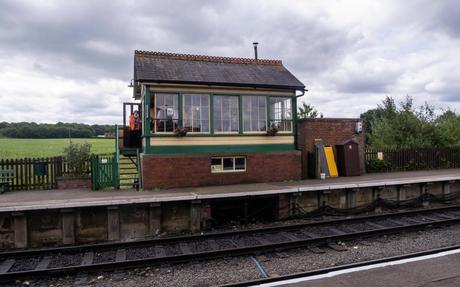
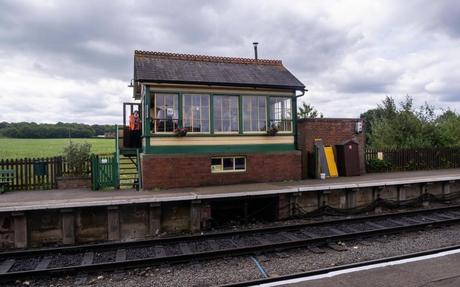
We get off here and take the vintage green bus back to Epping to reconnect to the modern metro network. We've only traveled about six miles, but I'm surprised at how much it pains me that this wonderfully deserted branch line was ever allowed to be removed from the metro map.
Although Roger claims it's unlikely the Epping-to-Ongar line will ever see a regular Metro service again ("anything is possible; but without a mega-construction project in the area it would be hard to justify"), I'm in complete resignation that, in an age of balance sheets, HS2 cuts and endless strikes, the revival of Ongar and North Weald shows that there is still room in public transport for lines that are as strange and unnecessary as they are beautiful and loved.
"If you want to make a million running a railway, start with tens of millions," Roger laughs.
"This is British eccentricity at its best. We love the things we love and hate the things we hate with equal vigor. We are also harking back to a past that has flowed indiscriminately through our most cherished memories."
Stay hereJust a 20-minute drive from Ongar, the Lion Inn is a bustling restaurant with rooms, with the oldest parts of the building dating back to the 15th century. The dishes are traditional and beautifully executed (try the fish pie with smoked haddock, salmon, king prawns, crayfish tails and cheesy mash), while some of the 23 rooms have balconies overlooking the spruce gardens.
Book ticketsBook tickets for the Epping Ongar Railway at eorailway.co.uk. Tickets for adults from €7.50.
